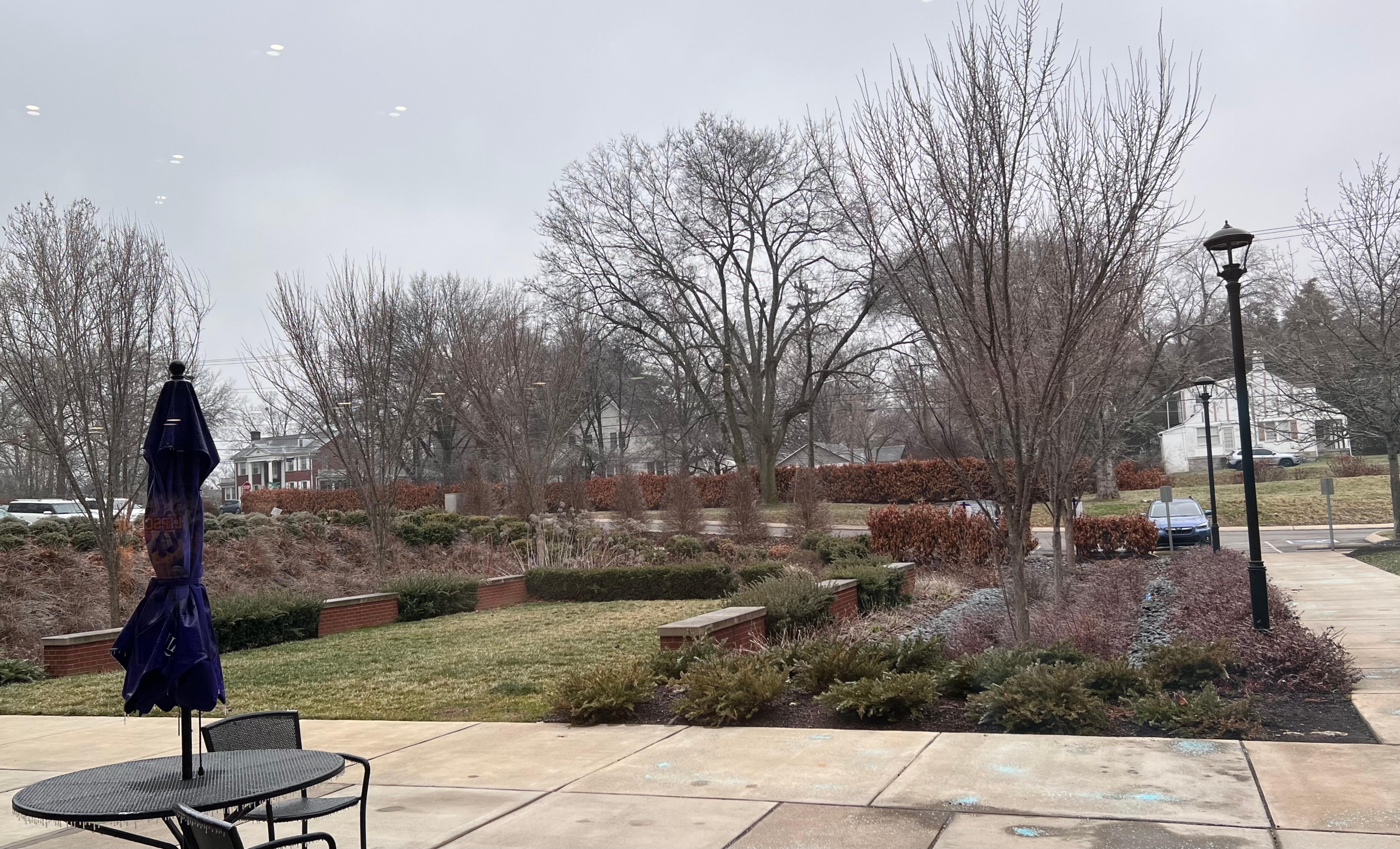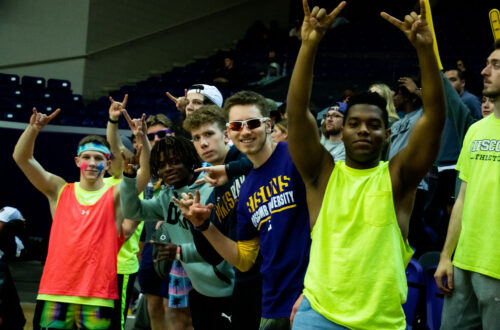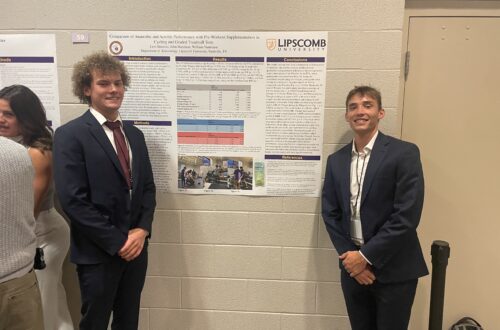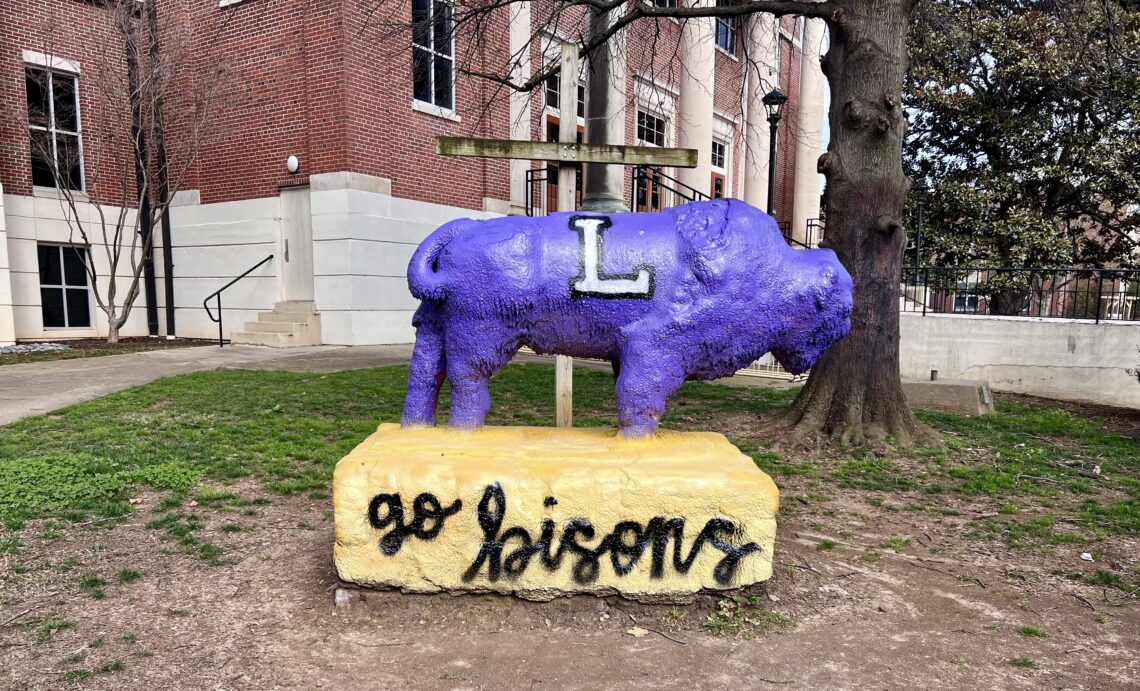
Painting the Bison: a tradition
Located outside of Collins, in the central area of campus is our beloved Bison. Appearing like it’s been here since the beginning of time, but where did the Bison come from?
Dewayne Lanham ran for class president in the school year of 1960-1961, one of his campaign promises was to get a statue of the bison for the campus. While he didn’t win the election, he still delivered his promise to the student body. However he wasn’t the only reason we have our Bison today, many put forth an effort to bring it to life.
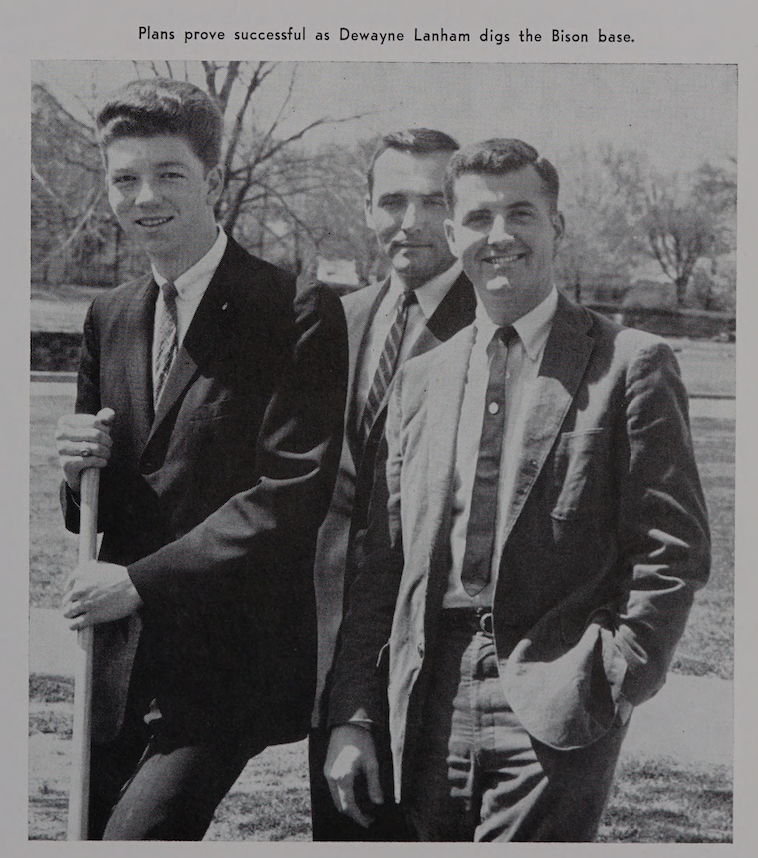
Thomas Puryear Mims is the artist behind the sculpture. Mims is the face behind multiple pieces here in Nashville. Mims taught art at Vanderbilt University and in 1958 was appointed Sculptor in Residence.
The sculpture was unveiled to the university on the first basketball game of the season which also happened to be Bison Day, November 28th, 1960. Located in between Mcquiddy Gymnasium, near Johnson Hall. The ceremony set the tone for the season and created an energetic atmosphere.
Now that is all just a distant memory, but when did the tradition of painting the bison begin?
From the archives, in an essay by Mike Coulter from December 7, 1989, called, “‘The Bison’ Pride and Tradition”, “Social clubs here at Lipscomb take great pride in painting their colors and greek letters on the bison.” So the tradition could’ve started as a social club event and soon made its way around campus.
Coulter also writes “He [Willard Collins] told me of how the Belmont students would paint the bison to try and provoke and upset our school and the athletic teams before a game.” Proving just how far back and deep-rooted our Belmont rivalry is.
An old Babbler article from October 19, 1979, noted “Circle K was commissioned to clean and paint the Bison statue. Over the years, a thick of ugly paint had built up on the animal”.
Again in 2003, there was another attempt to rid the bison of the layers and layers of paint.
All of this doesn’t point to when exactly the tradition started, but it does show that this has been a fun activity students have participated in for a long time.
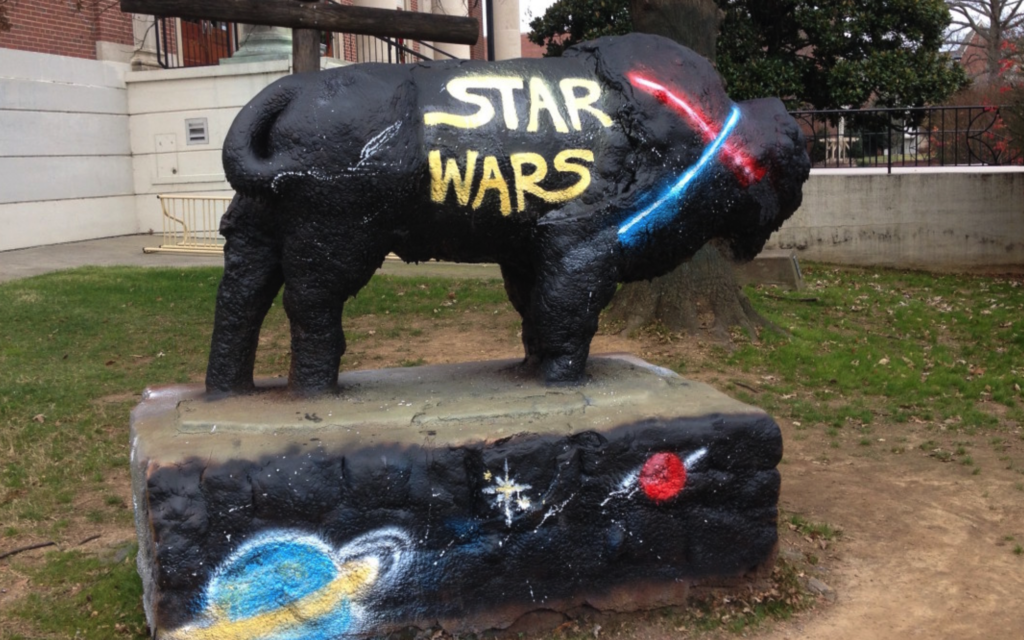
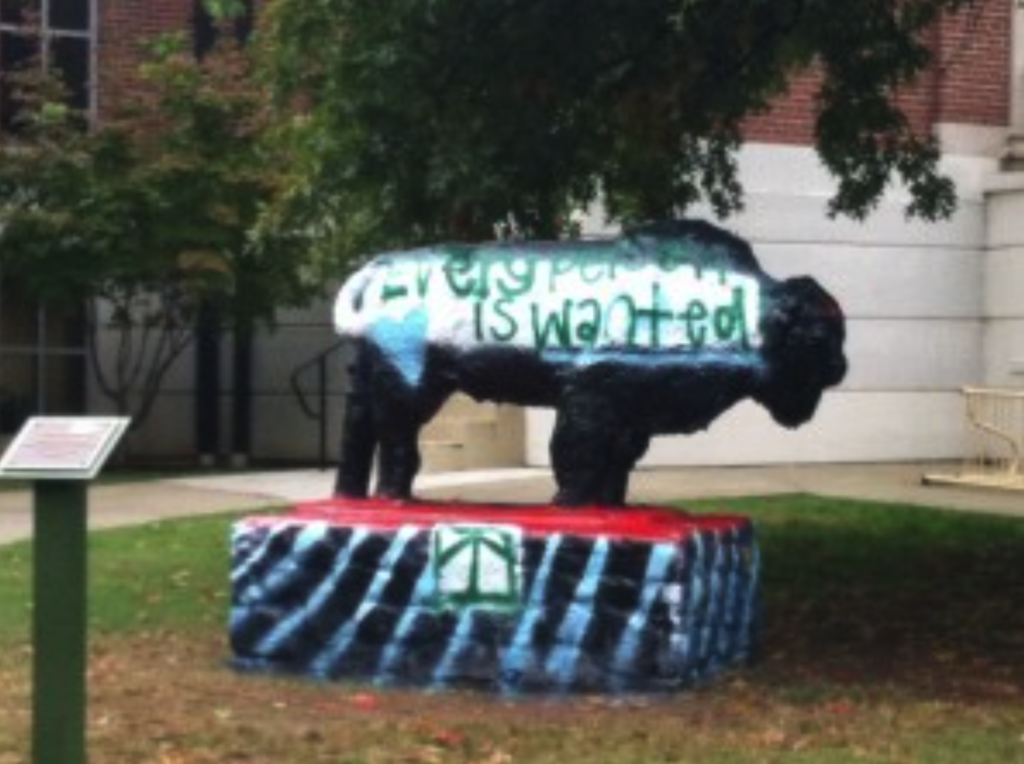
During 2020, the bison was painted many times as a political or social statement in light of upcoming elections. However, that wasn’t a new way of expression, in 1991 there is a photo of the Bison painted stating “Support the troops” during the Gulf War.
So what possibly started as an antagonistic attempt turned into a social club statement, a political cry, to a tradition. The Bison has been used as a way for students to express themselves, their beliefs, or their student organization pride.
As stated in the essay 34 years ago, “Brother Willard Collins, a former president of David Lipscomb, referred to the bison and the bell tower as two of the greatest symbols that stand for this university,” still reigns true to this day.




